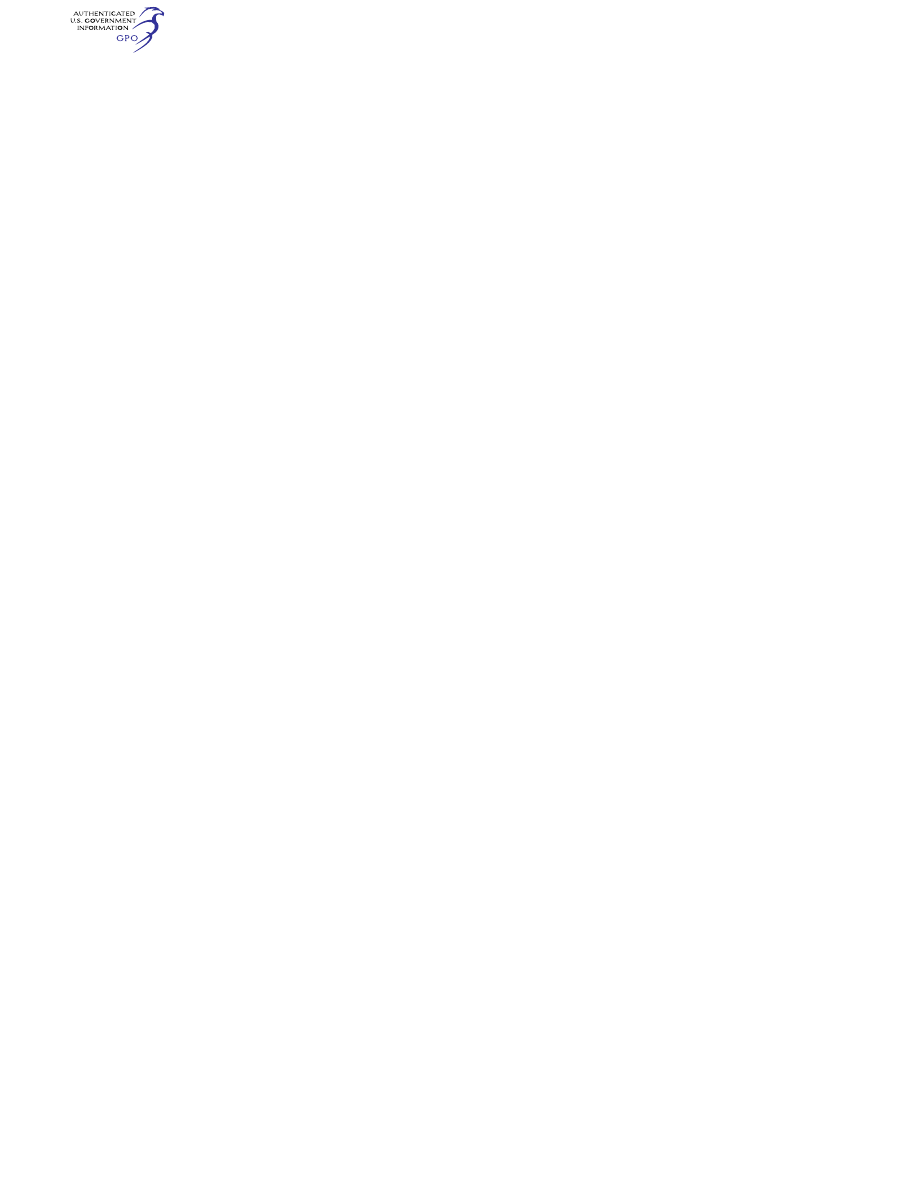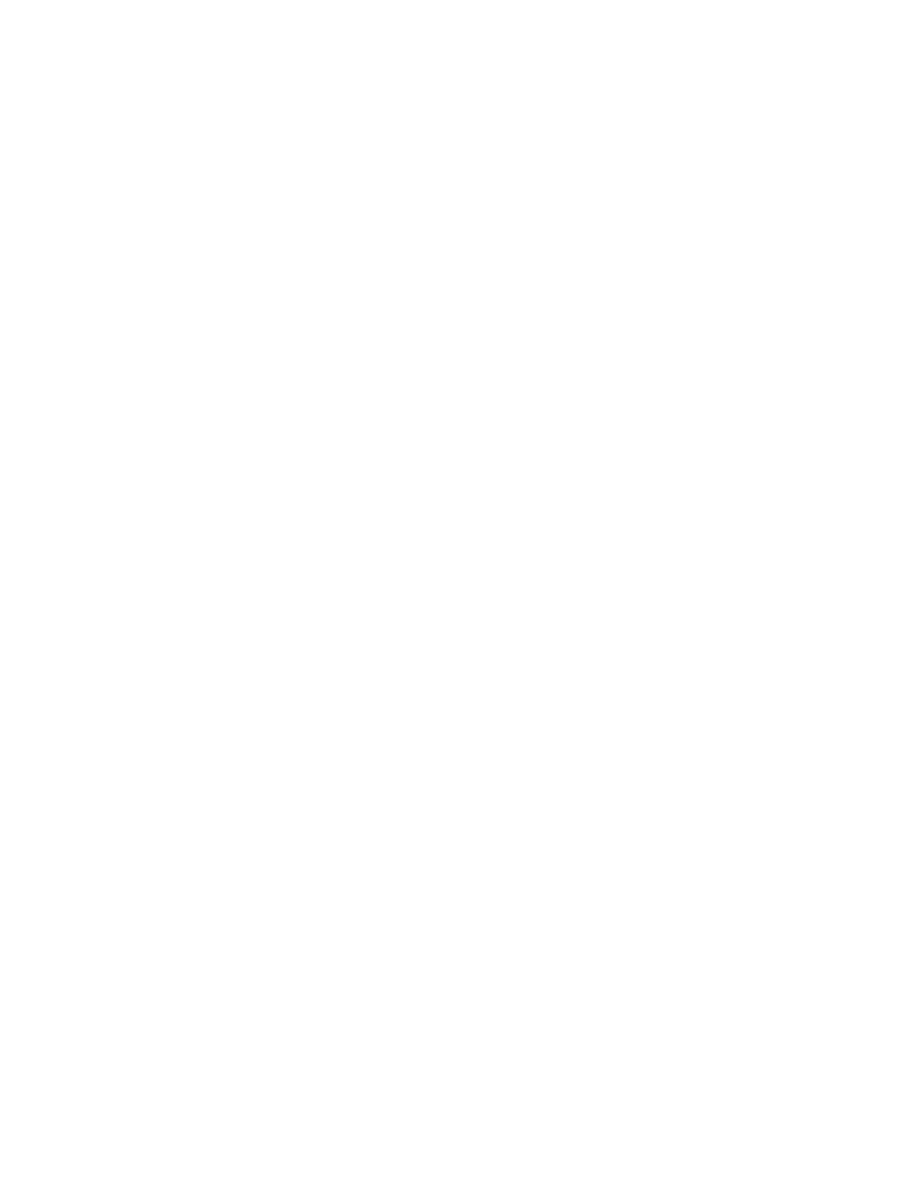
552
14 CFR Ch. I (1–1–24 Edition)
§ 27.1353
(4) Each electric power source control
must allow the independent operation
of each source.
(c)
Generating system. There must be
at least one generator if the system
supplies power to load circuits essen-
tial for safe operation. In addition—
(1) Each generator must be able to
deliver its continuous rated power;
(2) Generator voltage control equip-
ment must be able to dependably regu-
late each generator output within
rated limits;
(3) Each generator must have a re-
verse current cutout designed to dis-
connect the generator from the battery
and from the other generators when
enough reverse current exists to dam-
age that generator; and
(4) Each generator must have an
overvoltage control designed and in-
stalled to prevent damage to the elec-
trical system, or to equipment supplied
by the electrical system, that could re-
sult if that generator were to develop
an overvoltage condition.
(d)
Instruments. There must be means
to indicate to appropriate crew-
members the electric power system
quantities essential for safe operation
of the system. In addition—
(1) For direct current systems, an
ammeter that can be switched into
each generator feeder may be used; and
(2) If there is only one generator, the
ammeter may be in the battery feeder.
(e)
External power. If provisions are
made for connecting external power to
the rotorcraft, and that external power
can be electrically connected to equip-
ment other than that used for engine
starting, means must be provided to
ensure that no external power supply
having a reverse polarity, or a reverse
phase sequence, can supply power to
the rotorcraft’s electrical system.
(Secs. 313(a), 601, 603, 604, and 605 of the Fed-
eral Aviation Act of 1958 (49 U.S.C. 1354(a),
1421, 1423, 1424, and 1425); and sec. 6(c) of the
Dept. of Transportation Act (49 U.S.C.
1655(c)))
[Doc. No. 5074, 29 FR 15695, Nov. 24, 1964, as
amended by Amdt. 27–11, 41 FR 55470, Dec. 20,
1976; Amdt. 27–13, 42 FR 36972, July 18, 1977]
§ 27.1353
Energy storage systems.
Energy storage systems must be de-
signed and installed as follows:
(a) Energy storage systems must pro-
vide automatic protective features for
any conditions that could prevent con-
tinued safe flight and landing.
(b) Energy storage systems must not
emit any flammable, explosive, or
toxic gases, smoke, or fluids that could
accumulate in hazardous quantities
within the rotorcraft.
(c) Corrosive fluids or gases that es-
cape from the system must not damage
surrounding structures, adjacent equip-
ment, or systems necessary for contin-
ued safe flight and landing.
(d) The maximum amount of heat
and pressure that can be generated dur-
ing any operation or under any failure
condition of the energy storage system
or its individual components must not
result in any hazardous effect on rotor-
craft structure, equipment, or systems
necessary for continued safe flight and
landing.
(e) Energy storage system installa-
tions required for continued safe flight
and landing of the rotorcraft must
have monitoring features and a means
to indicate to the pilot the status of all
critical system parameters.
[Amdt. 27–51, 88 FR 8738, Feb. 10, 2023]
§ 27.1357
Circuit protective devices.
(a) Protective devices, such as fuses
or circuit breakers, must be installed
in each electrical circuit other than—
(1) The main circuits of starter mo-
tors; and
(2) Circuits in which no hazard is pre-
sented by their omission.
(b) A protective device for a circuit
essential to flight safety may not be
used to protect any other circuit.
(c) Each resettable circuit protective
device (‘‘trip free’’ device in which the
tripping mechanism cannot be over-
ridden by the operating control) must
be designed so that—
(1) A manual operation is required to
restore service after trippling; and
(2) If an overload or circuit fault ex-
ists, the device will open the circuit re-
gardless of the position of the oper-
ating control.
(d) If the ability to reset a circuit
breaker or replace a fuse is essential to
safety in flight, that circuit breaker or
fuse must be located and identified so
that it can be readily reset or replaced
in flight.
VerDate Sep<11>2014
09:06 Jun 28, 2024
Jkt 262046
PO 00000
Frm 00562
Fmt 8010
Sfmt 8010
Y:\SGML\262046.XXX
262046
jspears on DSK121TN23PROD with CFR
